One of the best ways to learn more about stormwater Best Management Practices is to go see them for yourself– and the next best way is the Riverkeeper’s BMP tour below.
Many BMPs are in publicly accessible locations around Johnson County, making them easy to view. Most cities in JoCo have BMPs, but Lenexa is the leader with over 100. In fact, every new development in Lenexa has a BMP to mitigate the additional runoff caused by buildings, parking lots, and other impermeable surfaces on the site. Many of these BMPs are part of the city’s Rain to Recreation program, which provides hiking trails, fishing, boating, and other recreational opportunities at the BMP. They also enhance plant and wildlife conservation, making them ideal places for bird watchers and outdoor enthusiasts. Lenexa’s innovative approach to stormwater management provides great places to view nature close to home.
Lake Lenexa
Mize Lake
Rain garden
Porous pavement parking lot


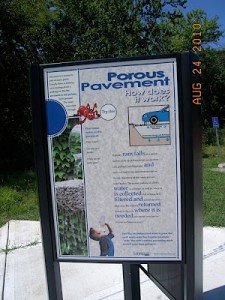 Pervious Pavements
Pervious Pavements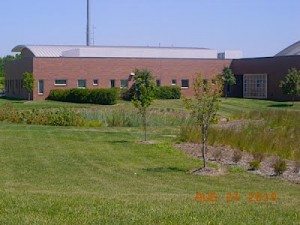 Bioretention Basins
Bioretention Basins 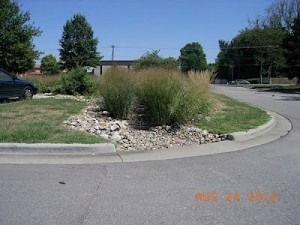 Bioswales
Bioswales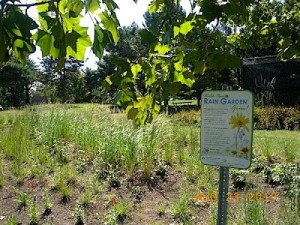 Rain Gardens
Rain Gardens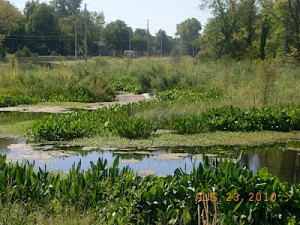 Vegetated Wetlands
Vegetated Wetlands Riparian Corridors and Stream Buffers
Riparian Corridors and Stream Buffers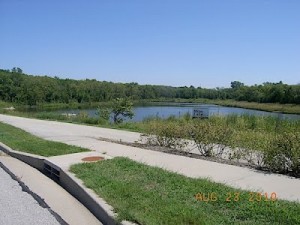 Treatment Train
Treatment Train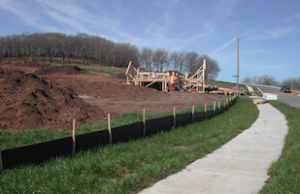 Construction Site BMP’s
Construction Site BMP’s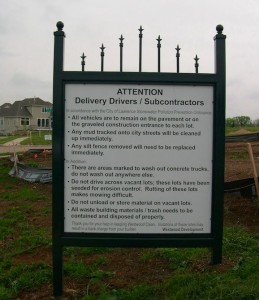

 Paddle safely! Use the links below to quickly access information that impacts river conditions.
Paddle safely! Use the links below to quickly access information that impacts river conditions.
